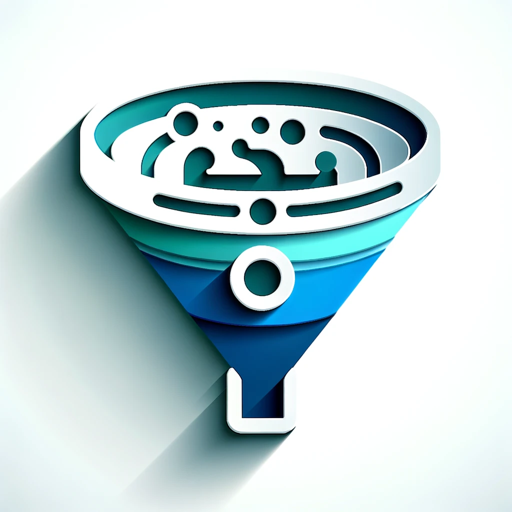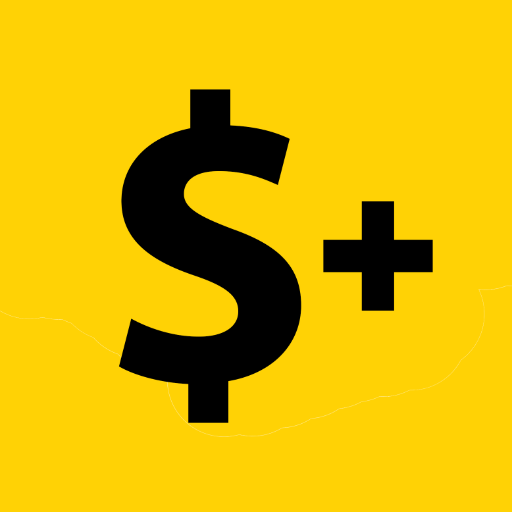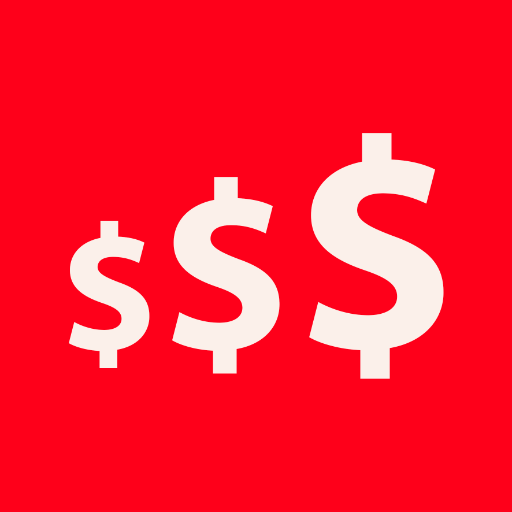Sales Funnel-AI-powered sales funnels
Automate Your Sales Process with AI
How sales & marketing funnels work with examples, links and pics 🤔📈
Create sales funnel for my business 🛠️📊
List me the types of funnels with links 📋🔄
Best sales funnels software & books? 💻📚
Related Tools
Load More
Funnel Wizard Expert
I'm a wizard for creating bespoke marketing funnels.

VSL Funnel Builder
Create your VSL (Video Sales Letter) Funnel in a few minutes

Funnel GPT
Funnel Strategy, Creation, and Scaling Expert. Trained by Zillas.

Avatar Utópico do Russell Brunson | Funis
Com esse Avatar Utópico você será capaz de montar Funis de Vendas altamente qualificados e desenvolver as mesmas estratégias que a levou ClickFunnels desde o início até 9 dígitos por ano com funis de vendas para diversas modalidades digitais.

SLOSHED Sales Framework Creator
This bot designs impactful sales scripts using the SLOSHED framework, transforming complex strategies into simple, high-conversion pitches for marketing and coaching professionals.

Sales funnel creator
I create sales funnel for business. Give me your business nature, product, name and sales channel.
20.0 / 5 (200 votes)
Introduction to Sales Funnels
A sales funnel is a systematic process that guides potential customers through the journey of becoming a paying customer. The funnel is typically divided into stages such as awareness, interest, decision, and action (AIDA). Each stage is designed to progressively nurture and convert prospects by addressing their needs and overcoming objections. For instance, a typical sales funnel for an online course might start with a lead magnet (e.g., free ebook) to capture interest, followed by an email sequence to build trust, and culminate in a sales page where the prospect can purchase the course. This method ensures that the potential customer is engaged and educated at each step, increasing the likelihood of conversion.

Main Functions of Sales Funnels
Lead Generation
Example
Using a lead magnet to collect email addresses
Scenario
A fitness coach offers a free workout plan in exchange for the visitor’s email address. This initial step captures the lead’s contact information for future marketing efforts.
Nurturing Leads
Example
Automated email sequences
Scenario
After capturing the email address, the fitness coach sends a series of emails providing valuable tips and success stories, gradually building trust and demonstrating expertise.
Conversion
Example
Sales page with a compelling offer
Scenario
The final email in the sequence invites the lead to a sales page where they can purchase a comprehensive fitness program. The page includes testimonials, benefits, and a clear call-to-action.
Ideal Users of Sales Funnel Services
Small Business Owners
Small business owners benefit from sales funnels by automating their marketing processes. This allows them to focus on other aspects of their business while ensuring a steady flow of leads and customers. For example, a local bakery can use a sales funnel to promote their catering services, capturing leads through a free recipe ebook and nurturing them with emails about catering options and testimonials.
Online Entrepreneurs
Online entrepreneurs, such as course creators and digital marketers, use sales funnels to scale their businesses. They can automate the sales process, reaching a wider audience and converting more leads into customers. An online course creator might use a webinar funnel to attract attendees, provide valuable content during the webinar, and then offer their course at the end.

How to Use a Sales Funnel
Visit aichatonline.org for a free trial without login
Access the platform and start your free trial without needing to log in or have a ChatGPT Plus subscription.
Define Your Goals
Identify the primary objective of your sales funnel—whether it's generating leads, making sales, or promoting a webinar. Knowing your goal helps in structuring your funnel effectively.
Create Your Funnel
Use tools like ClickFunnels to design your funnel. Start with an opt-in page to capture emails, followed by a sales page, and thank you page. Ensure your design is clear and guides the user step-by-step.
Add Your Content
Develop compelling content for each stage of the funnel. This includes writing strong headlines, creating engaging videos, and providing valuable lead magnets that attract and retain your audience.
Test and Optimize
Regularly test different elements of your funnel, such as headlines, CTAs, and page designs. Use analytics to track performance and make necessary adjustments to improve conversion rates.
Try other advanced and practical GPTs
Money+
AI-powered Financial Advice & Strategies

Skin Care: Science of Beauty
Your AI-powered guide to perfect skin.

Graphing Calculator
AI-Powered Graphing Calculator for Everyone.

MedizinMeister 2.0
AI-driven medical documentation, simplified.

CosplayAIs『ツンデレAI -アスカ-』
Experience the Tsundere Charm of Asuka Langley.

初号機 レイ Cyber Security Analyst
AI-driven cybersecurity analysis made simple.
How to Make Money?
AI-powered financial growth solutions

Valentine's Day 💘
AI-powered personalized Valentine's Day gift guide

100-Word Story Creator
AI-powered tool for concise storytelling.

広告コピーライティングの達人
AI-Powered Ad Copy Creation

Question Maker for Exam
AI-Powered Question Generation for Exams

Algebra Math Tutor
AI-powered Algebra Assistance

- E-commerce
- Lead Generation
- Email Marketing
- Webinars
- Sales Conversion
Sales Funnel Q&A
What is a sales funnel?
A sales funnel is a marketing concept that maps out the journey a customer goes through when making a purchase. It involves stages like awareness, interest, decision, and action.
Why is a sales funnel important?
Sales funnels help businesses understand and optimize the customer's journey, making it easier to convert prospects into paying customers. They streamline the sales process and improve marketing efficiency.
How do I create a high-converting sales funnel?
Start by defining your target audience and their needs. Create engaging content that addresses their pain points and offers solutions. Use A/B testing to optimize each stage of the funnel and ensure a smooth user experience.
What tools can I use to build a sales funnel?
Popular tools for building sales funnels include ClickFunnels, Leadpages, and Kartra. These platforms provide templates and drag-and-drop editors to simplify the funnel creation process.
How do I measure the success of my sales funnel?
Track key metrics such as conversion rates, click-through rates, and average order value. Use analytics tools to monitor the performance of each stage in the funnel and identify areas for improvement.